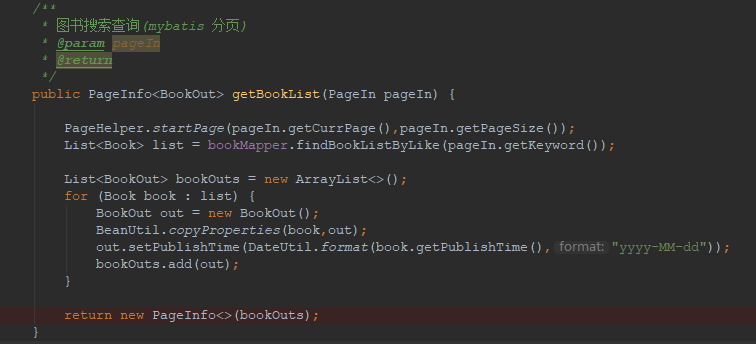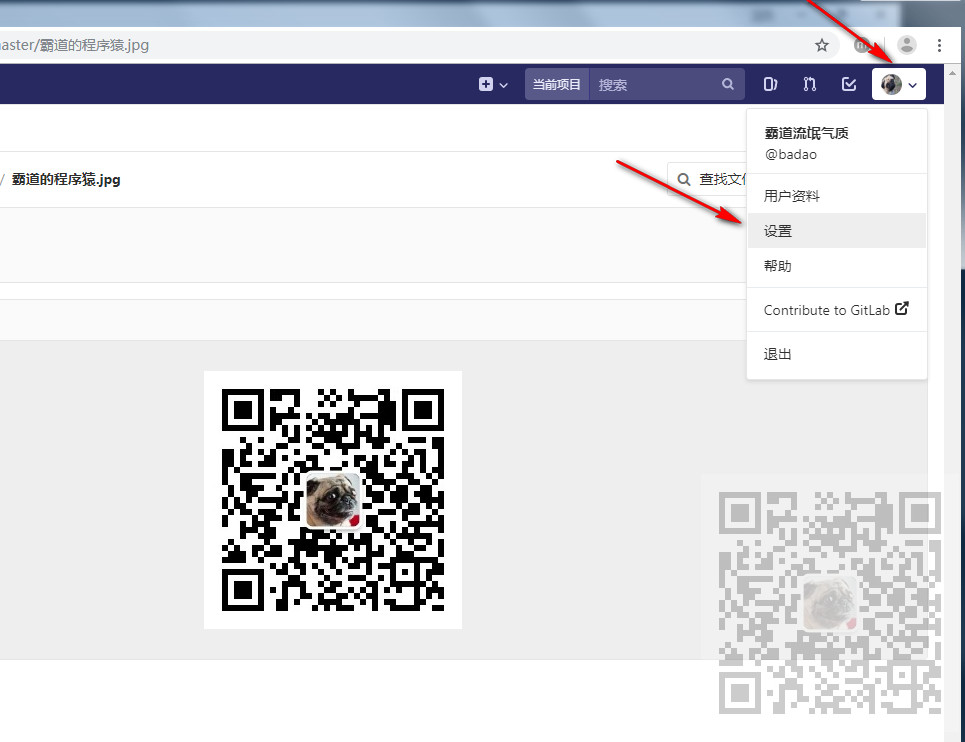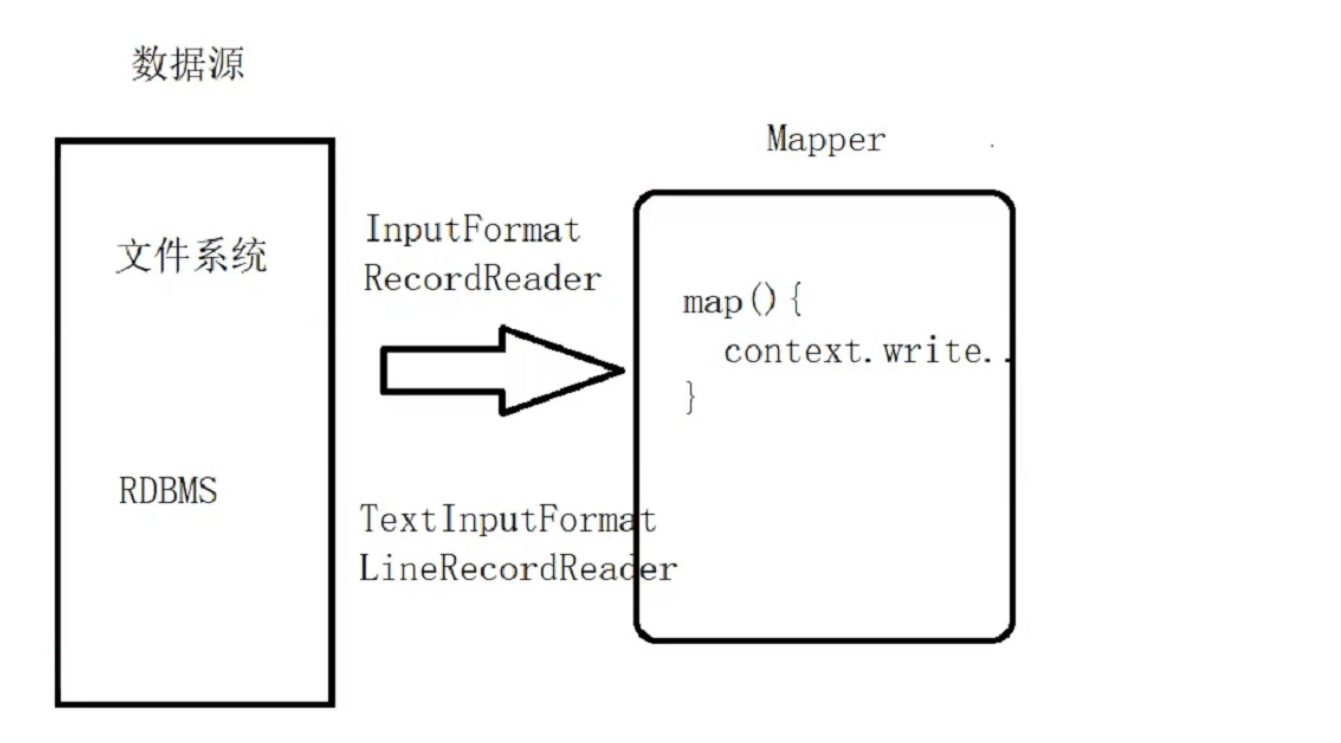Redis之整合SpringBoot
redis官方对Java语言的封装框架推荐有十多种,主要有:Jedis、Lettuce、Redisson
1几个框架的对比
三个框架都是在Java中对Redis操作的封装。
1.1 Jedis
Jedis是Redis的Java实现的客户端,其API提供了比较全面的Redis命令的支持。支持基本的数据类型如:String、Hash、List、Set、Sorted Set。
优点:比较全面的提供了Redis的操作特性,相比于其他Redis 封装框架更加原生。
编程模型: 使用阻塞的I/O,方法调用同步,程序流需要等到socket处理完I/O才能执行,不支持异步操作。Jedis客户端实例不是线程安全的,所以需要通过连接池来使用Jedis。
1.2 Lettuce
高级Redis客户端,用于线程安全同步,异步和响应使用,支持集群,Sentinel,管道和编码器。
优点:适合分布式缓存框架。
编程模型:基于Netty框架的事件驱动的通信层,其方法调用是异步的。Lettuce的API是线程安全的,所以可以操作单个Lettuce连接来完成各种操作(springboot2.0之后,redis的conn已经由jedis更改为lettuce)。
1.3 Redisson
Redisson实现了分布式和可扩展的Java数据结构。Redisson不仅提供了一系列的分布式Java常用对象,基本可以与Java的基本数据结构通用,还提供了许多分布式服务,其中包括(BitSet, Set, Multimap, SortedSet, Map, List, Queue, BlockingQueue, Deque, BlockingDeque, Semaphore, Lock, AtomicLong, CountDownLatch, Publish / Subscribe, Bloom filter, Remote service, Spring cache, Executor service, Live Object service, Scheduler service)
优点: 促使使用者对Redis的关注分离,让使用者能够将精力更集中地放在处理业务逻辑上,提供很多分布式相关操作服务,例如,分布式锁,分布式集合,可通过Redis支持延迟队列。
第三方框架整合:
- Redisson提供了和Spring框架的各项特性类似的,以Spring XML的命名空间的方式配置RedissonClient实例和它所支持的所有对象和服务
- Redisson在Redis的基础上实现了Java缓存标准规范,并完整的实现了Spring框架里的缓存机制
- Redisson提供了Spring Session会话管理器的实现
编程模型:基于Netty框架的事件驱动的通信层,其方法调用是异步的。Redisson的API是线程安全的,所以可以操作单个Redisson连接来完成各种操作。
RedisTemplate是Spring框架对Jedis和Lettuce的封装,让Spring框架体系能够更加方便的接入Redis的功能。RedisTemplate 同时支持 Jedis和Lettuce
一、Jedis
①pom.xml
<dependency><groupId>redis.clients</groupId><artifactId>jedis</artifactId></dependency>
②applicaton.properties
#redis服务器地址jedis.pool.host=192.168.124.128#redis服务器端口jedis.pool.port=6379#redis的auth密码jedis.pool.password=123456#连接池最大连接数(使用负值表示没有限制)jedis.pool.config.maxTotal=60# 连接池最大阻塞等待时间(使用负值表示没有限制)jedis.pool.config.maxWait=100#最大空闲连接jedis.pool.config.maxIdle=50#最小空闲连接jedis.pool.config.minIdle=0
③JedisConfig
package com.yj.config;import org.springframework.beans.factory.annotation.Autowired;import org.springframework.beans.factory.annotation.Qualifier;import org.springframework.beans.factory.annotation.Value;import org.springframework.context.annotation.Bean;import org.springframework.context.annotation.Configuration;import redis.clients.jedis.JedisPool;import redis.clients.jedis.JedisPoolConfig;import redis.clients.jedis.Protocol;@Configurationpublic class JedisConfig {@Bean(name = "jedis.pool")@Autowiredpublic JedisPool jedisPool(@Qualifier("jedis.pool.config") JedisPoolConfig config,@Value("${jedis.pool.host}") String host, @Value("${jedis.pool.port}") int port,@Value("${jedis.pool.password}") String password) {return new JedisPool(config, host, port, Protocol.DEFAULT_TIMEOUT, password);}@Bean(name = "jedis.pool.config")public JedisPoolConfig jedisPoolConfig(@Value("${jedis.pool.config.maxTotal}") int maxTotal,@Value("${jedis.pool.config.maxWait}") int maxWait,@Value("${jedis.pool.config.maxIdle}") int maxIdle,@Value("${jedis.pool.config.minIdle}") int minIdle) {JedisPoolConfig config = new JedisPoolConfig();config.setMaxTotal(maxTotal);config.setMaxWaitMillis(maxWait);config.setMaxIdle(maxIdle);config.setMinIdle(minIdle);return config;}}
二、JedisCluster
①pom.xml
<dependency><groupId>redis.clients</groupId><artifactId>jedis</artifactId></dependency>
②application.properties
# Redis服务器地址spring.redis.cluster.nodes=192.168.124.128:7000,192.168.124.128:7001,192.168.124.128:7002,192.168.124.128:7006,192.168.124.129:7003,192.168.124.129:7004,192.168.124.129:7005,192.168.124.129:7007# Redis服务器密码spring.redis.cluster.password=123456# 连接池最大连接数(使用负值表示没有限制)spring.redis.pool.max-active=60# 连接池最大阻塞等待时间(使用负值表示没有限制)spring.redis.pool.max-wait=100# 连接池中的最大空闲连接spring.redis.pool.max-idle=50# 连接池中的最小空闲连接spring.redis.pool.min-idle=0# 连接超时时间(毫秒)spring.redis.timeout=200
③JedisClusterConfig
package com.yj.config;import java.util.HashSet;import java.util.Set;import org.springframework.beans.factory.annotation.Value;import org.springframework.context.annotation.Bean;import org.springframework.context.annotation.Configuration;import org.springframework.util.StringUtils;import redis.clients.jedis.HostAndPort;import redis.clients.jedis.JedisCluster;import redis.clients.jedis.JedisPoolConfig;@Configurationpublic class JedisClusterConfig {@Value("${spring.redis.cluster.nodes}")private String clusterNodes;@Value("${spring.redis.cluster.password:}")private String password;@Value("${spring.redis.timeout}")private int timeout;@Value("${spring.redis.pool.max-idle}")private int maxIdle;@Value("${spring.redis.pool.max-active}")private int maxActive;@Value("${spring.redis.pool.max-wait}")private long maxWaitMillis;@Value("${spring.redis.commandTimeout:5000}")private int commandTimeout;@Value("${spring.redis.socketTimeout:1000}")private int socketTimeout;@Value("${spring.redis.maxAttempts:1000}")private int maxAttempts;@Beanpublic JedisCluster getJedisCluster() {String[] cNodes = clusterNodes.split(",");Set<HostAndPort> nodes = new HashSet<HostAndPort>();for(String node : cNodes) {String[] hp = node.split(":");nodes.add(new HostAndPort(hp[0],Integer.parseInt(hp[1])));}JedisPoolConfig jedisPoolConfig =new JedisPoolConfig();jedisPoolConfig.setMaxIdle(maxIdle);jedisPoolConfig.setMaxWaitMillis(maxWaitMillis);jedisPoolConfig.setMaxTotal(maxActive);if (StringUtils.isEmpty(password)) {return new JedisCluster(nodes, commandTimeout, jedisPoolConfig);}return new JedisCluster(nodes, commandTimeout, socketTimeout, maxAttempts, password, jedisPoolConfig);}}
三、RedisTemple
分为RedisTemple和StringRedisTemple
①pom.xml
<dependency><groupId>org.springframework.boot</groupId><artifactId>spring-boot-starter-redis</artifactId><version>1.3.2.RELEASE</version></dependency><dependency><groupId>com.alibaba</groupId><artifactId>fastjson</artifactId><version>1.2.16</version></dependency>
②application.properties
# Redis服务器地址spring.redis.hostName=192.168.124.128# Redis服务器连接端口spring.redis.port=6379# Redis服务器连接密码spring.redis.password=123456# Redis数据库索引(默认为0)spring.redis.database=0# 连接池最大连接数(使用负值表示没有限制)spring.redis.pool.max-active=60# 连接池最大阻塞等待时间(使用负值表示没有限制)spring.redis.pool.max-wait=100# 连接池中的最大空闲连接spring.redis.pool.max-idle=50# 连接池中的最小空闲连接spring.redis.pool.min-idle=0# 连接超时时间(毫秒)spring.redis.timeout=200
③RedisTemplateConfig
package com.yj.config;import org.slf4j.Logger;import org.slf4j.LoggerFactory;import org.springframework.boot.context.properties.ConfigurationProperties;import org.springframework.context.annotation.Bean;import org.springframework.context.annotation.Configuration;import org.springframework.data.redis.connection.RedisConnectionFactory;import org.springframework.data.redis.connection.jedis.JedisConnectionFactory;import org.springframework.data.redis.core.RedisTemplate;import org.springframework.data.redis.core.StringRedisTemplate;import org.springframework.data.redis.serializer.Jackson2JsonRedisSerializer;import org.springframework.data.redis.serializer.StringRedisSerializer;import com.fasterxml.jackson.annotation.JsonAutoDetect;import com.fasterxml.jackson.annotation.PropertyAccessor;import com.fasterxml.jackson.databind.ObjectMapper;import redis.clients.jedis.JedisPoolConfig;@Configurationpublic class RedisTemplateConfig {private Logger logger = LoggerFactory.getLogger(RedisTemplateConfig.class);@Bean@ConfigurationProperties(prefix="spring.redis")public JedisPoolConfig getRedisConfig(){JedisPoolConfig config = new JedisPoolConfig();return config;}@Bean@ConfigurationProperties(prefix="spring.redis")public JedisConnectionFactory getConnectionFactory(){JedisConnectionFactory factory = new JedisConnectionFactory();JedisPoolConfig config = getRedisConfig();factory.setPoolConfig(config);logger.info("JedisConnectionFactory bean init success");return factory;}@Beanpublic RedisTemplate redisTemplate(RedisConnectionFactory connectionFactory) {RedisTemplate<Object, Object> template = new RedisTemplate<>();template.setConnectionFactory(connectionFactory);// 使用Jackson2JsonRedisSerializer来序列化和反序列化redis的value值(默认使用JDK的序列化方式)Jackson2JsonRedisSerializer serializer = new Jackson2JsonRedisSerializer(Object.class);ObjectMapper mapper = new ObjectMapper();mapper.setVisibility(PropertyAccessor.ALL, JsonAutoDetect.Visibility.ANY);mapper.enableDefaultTyping(ObjectMapper.DefaultTyping.NON_FINAL);serializer.setObjectMapper(mapper);template.setValueSerializer(serializer);// 使用StringRedisSerializer来序列化和反序列化redis的key值template.setKeySerializer(new StringRedisSerializer());template.afterPropertiesSet();return template;}@Beanpublic StringRedisTemplate stringRedisTemplate(RedisConnectionFactory factory) {StringRedisTemplate stringRedisTemplate = new StringRedisTemplate();stringRedisTemplate.setConnectionFactory(factory);return stringRedisTemplate;}}
使用
package com.yj;import java.util.Date;import org.junit.Test;import org.slf4j.Logger;import org.slf4j.LoggerFactory;import org.springframework.beans.factory.annotation.Autowired;import org.springframework.data.redis.core.RedisTemplate;import com.alibaba.fastjson.JSON;import com.alibaba.fastjson.JSONObject;import com.yj.entity.User;import redis.clients.jedis.Jedis;import redis.clients.jedis.JedisCluster;import redis.clients.jedis.JedisPool;public class RedisClientTest extends ApplicationTest {private Logger logger = LoggerFactory.getLogger(ClientTest.class);@Autowiredprivate JedisPool jedisPool;@Autowiredprivate JedisCluster jedisCluster;@Autowiredprivate RedisTemplate<String, Object> redisTemplate;@Autowiredprivate RedisTemplate<String, String> stringRedisTemplate;@Testpublic void testJedis() {Jedis jedis = jedisPool.getResource();jedis.set("Jedis", JSON.toJSONString(getUser()));String userStr = jedis.get("Jedis");User value = JSONObject.parseObject(userStr, User.class);logger.info("Jedis:" + value);}@Testpublic void testJedisCluster() {jedisCluster.set("JedisCluster", JSON.toJSONString(getUser()));String userStr = jedisCluster.get("JedisCluster");User value = JSONObject.parseObject(userStr, User.class);logger.info("JedisCluster:" + value);}@Test /* 模板Bean已经配置了序列化和反序列化的策略 */public void testRedisTemplate() {redisTemplate.opsForValue().set("redisTemplate", getUser());User value = (User) redisTemplate.opsForValue().get("redisTemplate");logger.info("RedisTemplate:" + value);}@Testpublic void testStringRedisTemplate() {stringRedisTemplate.opsForValue().set("StringRedisTemplate", JSON.toJSONString(getUser()));String value = stringRedisTemplate.opsForValue().get("StringRedisTemplate");logger.info("StringRedisTemplate:" + value);}private User getUser() {User user = new User();user.setName("yj");user.setAge(18);user.setDate(new Date());return user;}}



































还没有评论,来说两句吧...